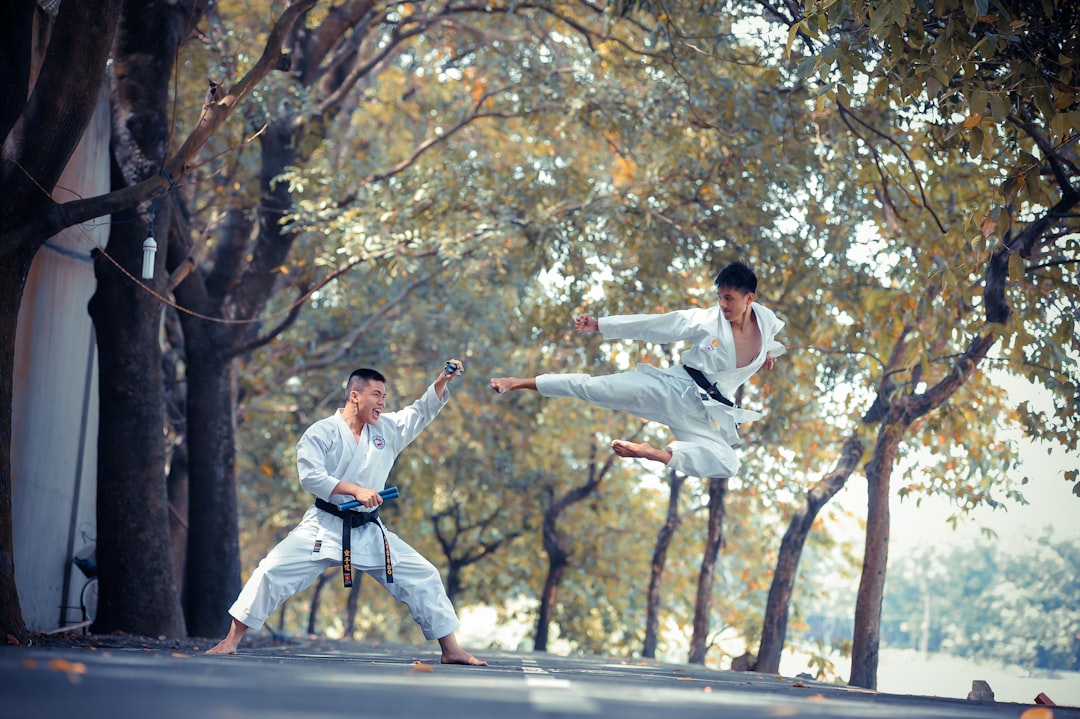Path of Exile 2 Combat Update—Design Tension
With its upcoming sequel, Grinding Gear Games aims to revolutionize the core gameplay loop of the action RPG genre. Path of Exile 2 represents more than just new graphics and storylines—it is a fundamental reimagining of combat and encounter design. At the heart of this transformational change is the concept of design tension: the deliberate push-pull between player expression, enemy behavior, and skill clarity. This article explores how the developers have reengineered combat systems to support more deliberate, readable, and visceral gameplay.
TL;DR
Path of Exile 2 overhauls its combat dynamics to emphasize a more readable and skill-based experience. The new systems encourage spatial awareness, distinct animations, and deliberate ability usage. Enemies are more telegraphed, positioning is more important, and button spamming is heavily discouraged. The result is a strategically demanding experience that rewards precision and planning rather than chaotic reaction speed.
Combat Philosophy: From Chaos to Clarity
In its original form, Path of Exile evolved into an overwhelming storm of lights, numbers, and particles. Players would often melt enemies before attacks could be resolved, leading to gameplay that prioritized reaction time and DPS over tactical decisions. In Path of Exile 2, the combat philosophy has shifted markedly.
The game’s developers describe a guiding goal: make every action matter. Players should understand what’s happening on screen—not just in terms of their own skills, but how enemies are behaving, positioning, and reacting. This required a complete overhaul of both player and enemy animations, pacing, and mechanics.
Main Features of the New Combat System
- Slower, more deliberate animations that allow for meaningful decision-making
- Clear enemy telegraphs to enhance readable encounters
- Improvements to hitboxes and movement prediction
- No animation-canceling, creating a commitment to actions
- Emphasis on positioning to engage with enemy mechanics
These changes create a tight feedback loop between threat assessment and execution. Combat is no longer about surviving the screen clutter—it’s about using timing and space intelligently.
Design Tension as a Creative Pillar
Perhaps the most fascinating aspect of the combat redesign is the formal incorporation of design tension. This refers to the way that limitations—intentional friction in systems—drive interesting decisions. Rather than smoothing out every possible annoyance or latency in control, the game occasionally leans into the feeling of commitment to heighten suspense and realism.
For example, when a warrior character begins a sweeping two-handed attack, the player is locked into that animation. They can’t dodge halfway through. The result is a moment filled with risk and weight: if you misread your opponent’s position or timing, you may pay the price. This tension creates satisfaction when a hit lands and teaches caution if it doesn’t.
Compare this to the animation-canceling seen in many modern games, where actions can be interrupted for perfect flexibility. Those systems provide fluidity but often remove the strategic weight of individual moves. Path of Exile 2 elects to cut against that trend.

Enemy Design and Combat Encounters
Shifting the burden from player DPS to tactical acumen also affected enemy design. In Path of Exile 2, basic enemies are no longer just filler mobs waiting to die in seconds. They have specific roles, patterns, and behavioral nuance. Some use suppression fields; others force repositioning. Many have area control abilities that disrupt spammy playstyles.
Reactionary gameplay is discouraged. Instead, preemptive action—based on observation and planning—is rewarded. To encourage this, enemies now telegraph major attacks with distinct animations and effects. The clarity here is intentional; it gives players time to react but only if they’re paying attention.
Consider archer enemies that now reposition constantly and use charged shots from cover. Or heavy brutes that slam the ground in a wide cone, signaling their attacks seconds in advance. Each encounter has a learning curve—where it once felt like a click-fest, it now feels like a duel.
Key Enemy Behavior Changes
- Unique scripted behaviors per enemy class
- Greater synergy between enemies in mixed groups
- Environmental awareness, including flanking, trapping, and cover usage
- New situational attacks triggered by player movement
This creates an ecosystem of combat where players are tested not just in build strength, but in awareness and counter-strategy.
Skill Design: Intention Over Spam
Path of Exile 2 also retools how skills are executed and their roles in battle. In PoE 1, players often built around a single spammed skill and boosted it with passive scaling. That style undermined the richness of action decision-making. The sequel replaces that with more active resource management and clearer internal roles for each ability type.
Skills now lean into specific use cases: crowd control, high-burst damage, mobility, or sustain. Some require momentary delay, charge-up periods, or positional setup to wield effectively. Crucially, this design refocuses player attention on decision timing rather than button repetition.

Moreover, input commitment—once a hotly debated topic—creates new ways to master a build. Understanding when to commit, when to disengage, and when to change attack patterns is treated with the same care as raw numbers on a character sheet.
Repercussions for Build Diversity
- AOE spam is riskier due to commitment mechanics
- Mobility skills now have meaningful trade-offs
- Cooldown windows emphasize timing and combo structuring
- Multi-phase enemies reward adaptive builds
The result is a meta that favors ingenuity over automation, pushing players to look beyond damage per second charts and focus on micro-decision strategy.
Player Response and Developer Feedback
Community reactions to the combat update have ranged from cautious optimism to enthusiastic endorsement. Long-time players cite concerns about pacing and the loss of the “power fantasy” central to the first game. But a growing segment has embraced the new combat as a directionally sound evolution that respects player intelligence.
In response, Grinding Gear Games has clarified their approach. Their goal isn’t to make combat “slower” in a traditional sense—it’s to add layers of interactivity. By introducing danger, commitment, and trade-offs into core gameplay loops, they hope to reward mastery without sacrificing fun.
Higher challenge ceilings and more responsive enemy ecosystems mean that combat in Path of Exile 2 could achieve something rare: engagement through friction. Rather than feel neutered, skilled players often report feeling more __engaged__, especially when unlocking the deeper rhythm of complex encounters.
Conclusion: A Strategic Shift Worth Watching
As Path of Exile 2 edges closer to release, the combat system stands as one of its most ambitious and defining pillars. It is rare for a sequel not only to improve graphics and content, but to radically reshape how its game is played. By embracing design tension, Grinding Gear Games is inviting players to think faster, act smarter, and revel in the space between certainty and chaos.
In this evolving vision, combat is not just action—it’s expression through risk. That, perhaps more than any skill gem or boss fight, ensures that Path of Exile 2 will carve out a legacy distinct from its predecessor.

Comments are closed, but trackbacks and pingbacks are open.